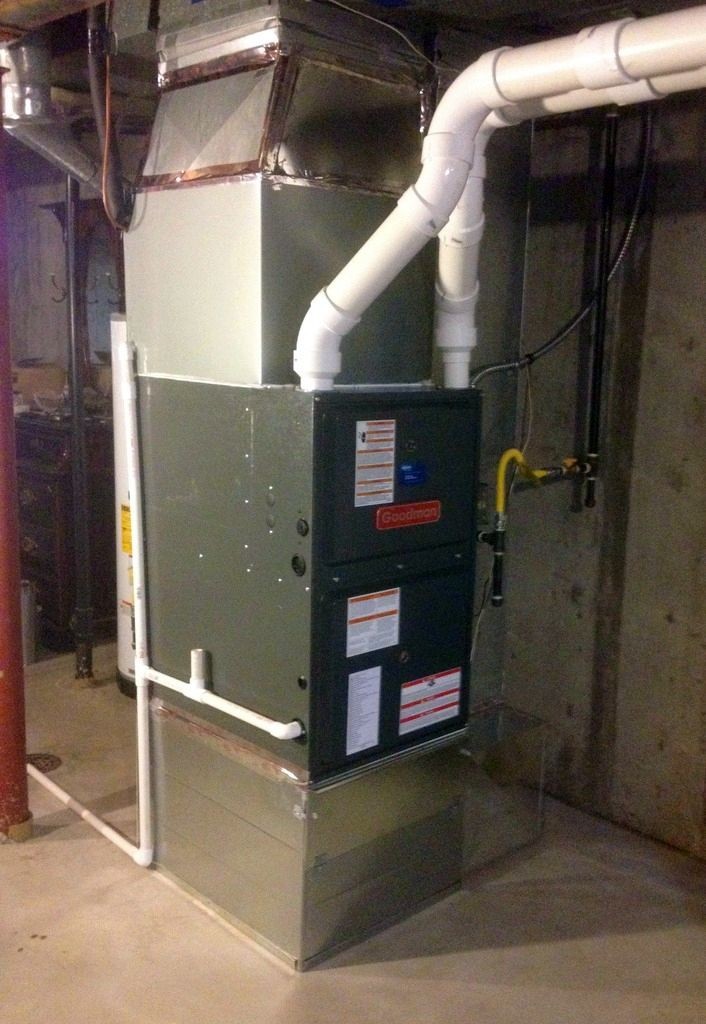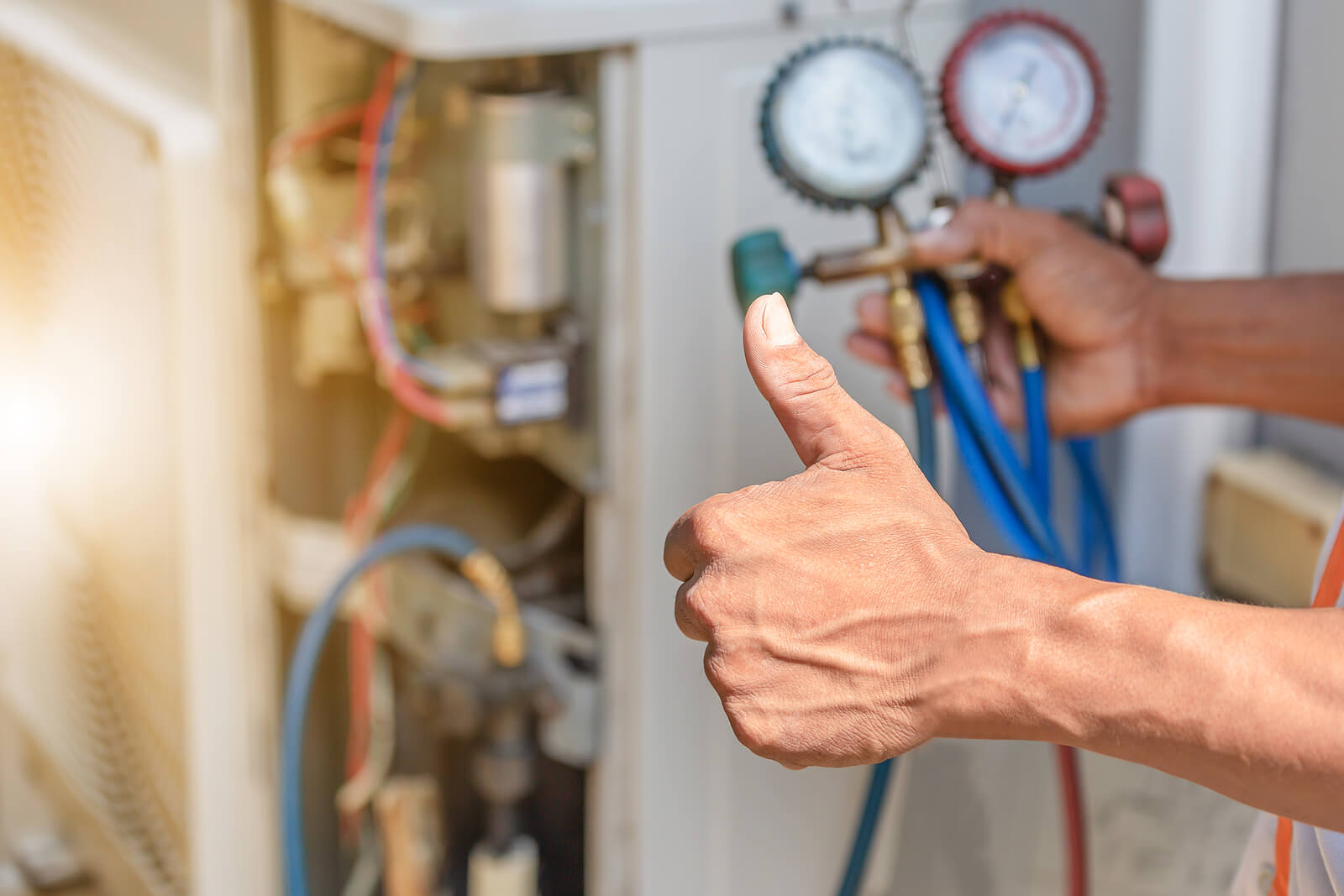The Ultimate Guide to Heater Installment for a Cozy Home
Furnace installation is a vital facet of keeping a comfortable home atmosphere, specifically during the cooler months. As you consider these elements, the question stays: what steps can you take to ensure your heater offers you well for years to come?
Kinds Of Heaters

Gas heating systems are one of the most typical choice as a result of their effectiveness and lower functional costs. They make use of gas or lp, providing quick heating and consistent efficiency, making them excellent for cooler climates.
Electric heating systems, while usually much easier to install and maintain, often tend to have greater functional costs. They are frequently preferred in areas where gas solution is not available or for homes with existing electric infrastructure.
Oil heaters, though less typical today, remain a practical option in certain areas. They burn home heating oil, which can be beneficial during chillier months, but their reliance on oil delivery presents prospective obstacles.
Additionally, there are high-efficiency models offered across these types, which can considerably lower energy usage and energy expenses - furnace installation. Eventually, recognizing these furnace types will assist home owners pick a system that lines up with their heating needs, budget plan, and power choices
Picking the Right Dimension
Picking the proper dimension for a heater is critical to guaranteeing optimum performance and energy effectiveness. An undersized furnace will have a hard time to keep comfy temperatures during the chilly months, causing raised deterioration, higher energy bills, and possible system failing. Conversely, an oversized furnace might cycle on and off too regularly, causing inefficient heating and unequal temperature distribution within the home.
To determine the correct heater dimension, a calculation referred to as the Handbook J lots calculation should be performed. This procedure reviews various variables, including the square video footage of the home, insulation levels, home window sizes, and neighborhood climate conditions. This detailed evaluation makes certain that the furnace fulfills the particular home heating demands of the space.

Setup Process Review
In terms of products, you will require ductwork, insulation, and sealing tape to ensure optimum airflow and energy performance - furnace installation. It is visit this web-site likewise important to have a new heater filter available, in addition to airing vent materials, such as PVC pipe or steel flue, depending on the kind of heating system being set up
Security devices, consisting of handwear covers, safety glasses, and a face mask, is likewise essential to shield versus dirt and debris throughout setup. Having all these devices and products conveniently available not only streamlines the process however additionally boosts the security and efficiency of the heater installation.
Upkeep Tips for Long Life
To guarantee the longevity of your heater, it is important to implement a regular maintenance schedule that attends to essential parts of the system. Beginning by changing or cleansing the air filter every one to 3 months, as a stopped up filter can limit airflow and lower effectiveness. Furthermore, inspect and clean the blower setting up to stop dust buildup that can prevent efficiency.
Next, examine the thermostat settings and alter if essential to make certain exact temperature level policy. Check the ductwork for leakages or obstructions, as this can lead to energy loss and unequal heating. Frequently lubricate the electric motor and bearings according to the supplier's recommendations to reduce wear and tear.
Professional evaluations should take place yearly, where a qualified professional can assess the heating system's total condition, check for gas leakages, and ensure that safety and security features are working appropriately. Take into consideration setting up a programmable thermostat to optimize energy use and preserve consistent home temperatures. By embracing these maintenance techniques, you can enhance your heating system's effectiveness, prolong its life-span, and ultimately appreciate a comfortable and comfortable home atmosphere.
Final Thought
